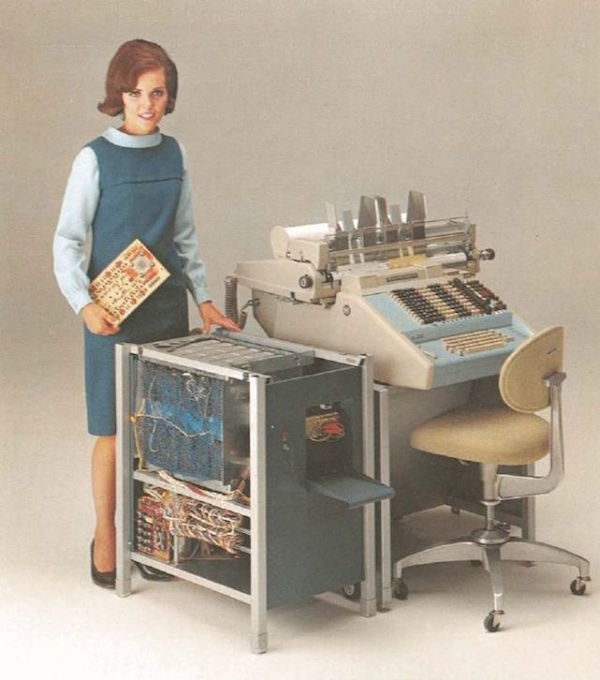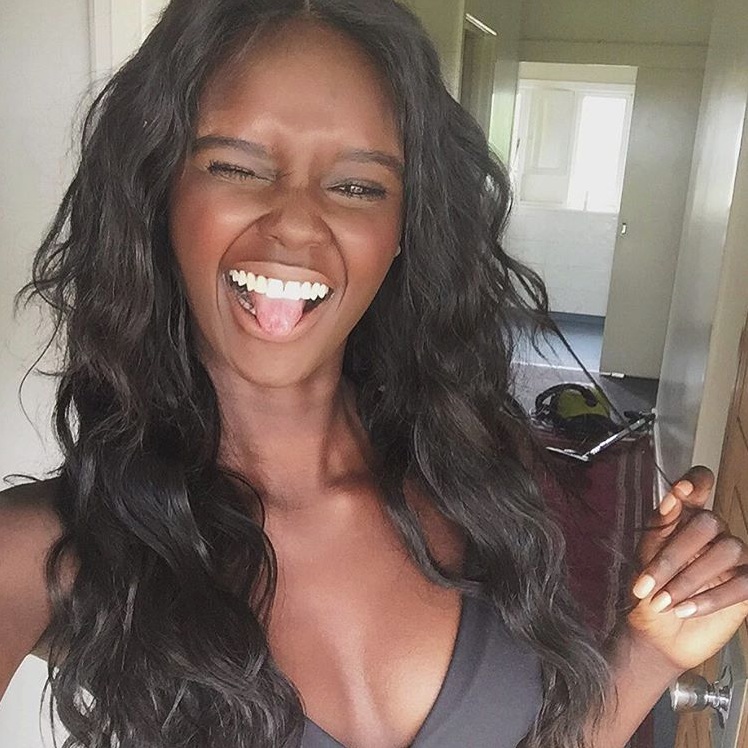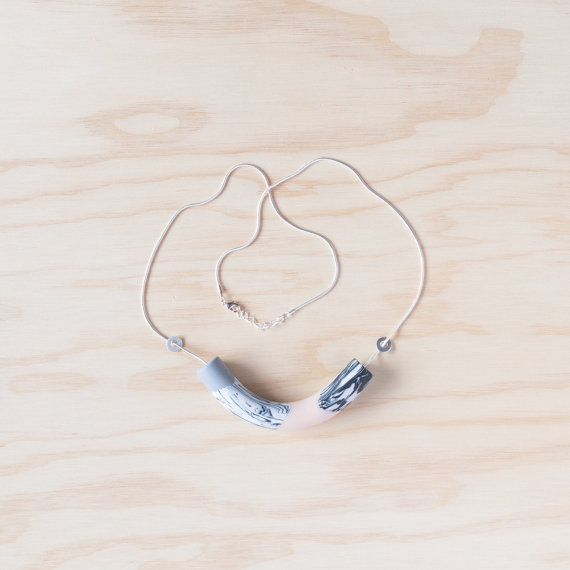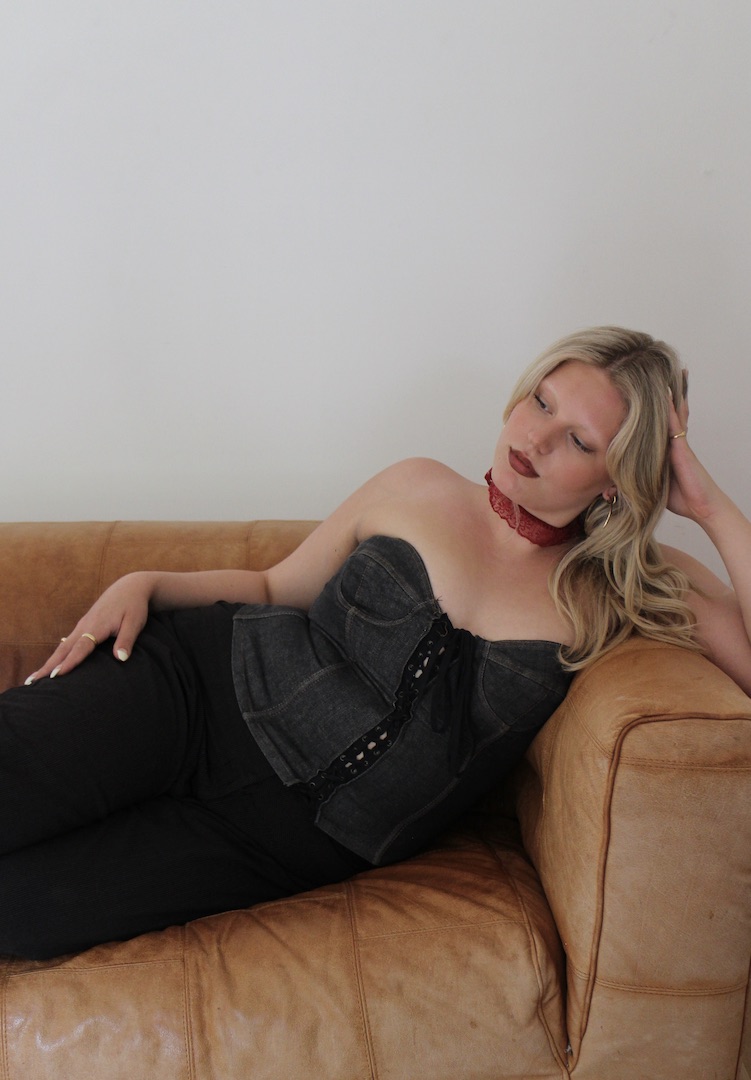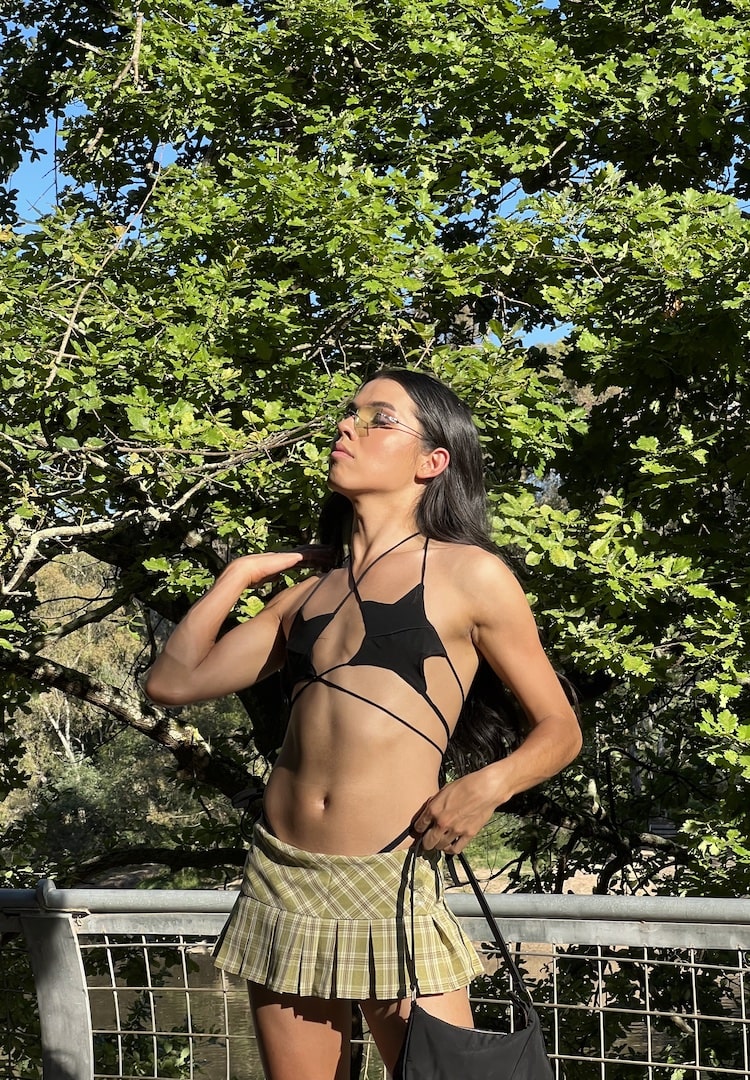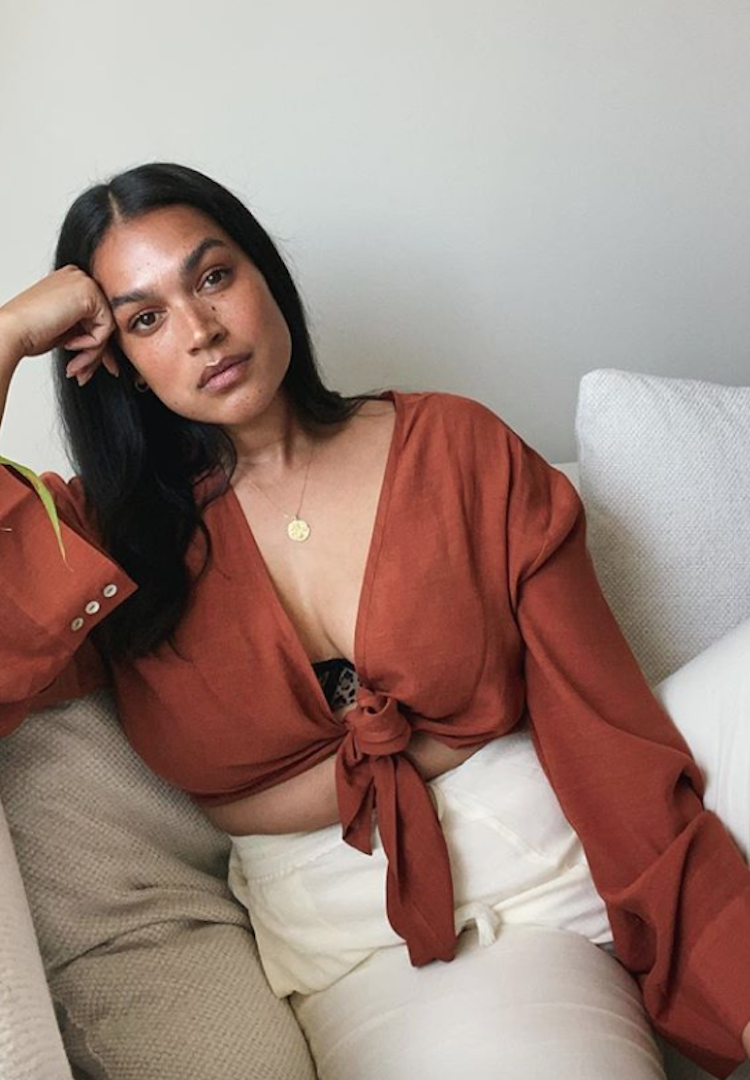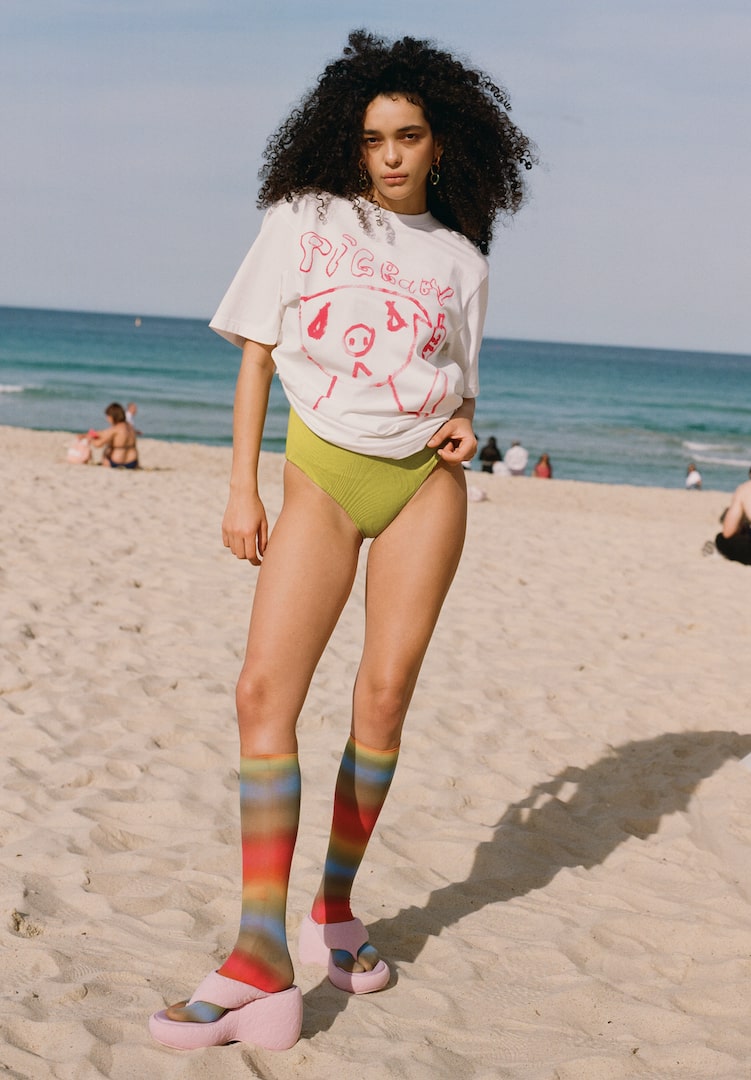All white everything? Where we’re at with cultural diversity in the modelling industry
Porque no los dos?
This year’s Victoria’s Secret fashion show seemed all about Kendall Jenner and Gigi Hadid. There was little talk about the brand’s seemingly poor decision to exclude British-Carribbean model Jourdan Dunn, one of the few mixed-raced ambassadors for the VS brand.
However given a closer look, it seems this year’s show included a diverse cross-section of cultures from all around the world. Former favourites Jasmine Tookes, Joan Smalls, Ming Xi and Sui He took to the stage as well as new faces Leomi Anderson, Laila Nda and Gracie Carvalho.
At home in Australia, I would say we’re doing an OK job in terms of showcasing our nation’s cultural diversity in fashion.
Some highlights this year were when Ajak Deng featured in Mimco’s June/July campaign, titled Afriquette, which Deng described as “a woman who is strong and sexy but can laugh at herself at the same time.” It’s a concept that is definitely relatable to all women.
Melbourne label Discount Universe has a cult-like following and have featured half-chinese half-japanese model Rowena Kang in two recent campaigns.
ANTM finalist Duckie Thot also recently featured in Frank Body’s latest campaign. I spoke to Duckie last week about some of the issues regarding multiculturalism in the fashion industry.
Duckie pointed out the value of having models of different cultural backgrounds appearing in editorial, commercial and runway fashion.
“I get emails and messages daily from black girls all around the world saying how inspired they are that I’m really trying. They’re like ‘thank you, you made me feel so confident within myself.’”
It’s no secret that fashion’s reach is ever-expanding thanks to social media, another reason why diversity in the industry is so important.
“Fashion is everywhere. You look at it on Instagram and Facebook. You look down and see a magazine, you look up and see another billboard, you see it absolutely everywhere. So if there’s not many black models, it can be discouraging.”
While the blonde-haired blue-eyed beach babe is an iconic image in Aussie fashion, more culturally diverse representations in brands and magazines are needed to better reflect the wide range of cultural identities that exist in our society.
Who better signifies this than Australian born and raised Duckie Thot? Her 56k followers are clearly identifying with more than just her skin colour. She’s funny, hard working, loves rap music and basketball and is an all-round legend (she brought notes to our interview, you guys).
OK, OK, I know the point of fashion is not to champion equality, it’s to sell clothes.
But really, porque no los dos?
There’s a weird assumption in fashion that by putting a non-caucasian person on the cover of the product, whether it be a magazine or a line of clothing, it won’t sell. It’s an assumption that runs deep, with many darker skinned models required to bring their own foundation to jobs.
But the proof is in the pudding. In 2008, Vogue Italia’s all-black issue sold out in the US and UK in just 72 hours, proving that old assumption to be particularly untrue.
In the last sixty issues of Vogue Australia, just four multi-cultural models have graced the cover – Naomi Campbell, Joan Smalls, Samantha Harris and Liu Wen.
In fact, a Google image search of the covers of Australia’s top magazines reflects the #allwhiteeverything attitude to Australian fashion.
How does Duckie feel about including more multi-cultural representations in fashion?
“I feel like it would be very positive. When you’re flicking through a magazine and you don’t see anyone who looks like you, you question yourself before the industry.”
Enough of #allwhiteeverything, can we have a few more #melaninmondays up in here?
Grace studies writing and cinema at the University of Melbourne. She’s also a model who is passionate about diversity in the fashion industry.

